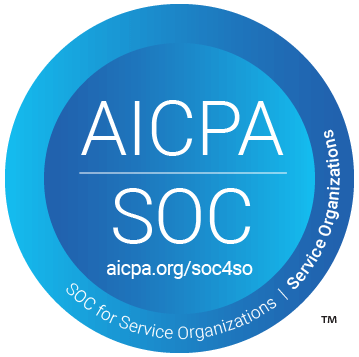The Expanding Global Campus
Universities today are more global than ever. Students travel abroad for study programs, research, athletic competitions, conferences, and service projects. Faculty and staff are also on the move, accompanying students or representing the institution at international events.
This global footprint is a point of pride for institutions — but it also introduces new responsibilities. When students are scattered across the globe, administrators need clear answers to simple but critical questions: Who is traveling? Where are they now? How can we reach them if something happens?
Many schools still rely on spreadsheets, email lists, or informal reporting to answer these questions. Unfortunately, these approaches can’t keep pace with the realities of modern travel, leaving gaps in visibility and straining staff resources.
Universities often recognize that there are gaps in how they track student and faculty travel, but pinpointing the specific challenges can be difficult. To help, we created a simple Travel Registry Readiness Checklist. Use it to see where your institution stands today and where improvements could make the most significant difference.
The Pain Points: Visibility and Efficiency Gaps
Managing travel with outdated systems creates challenges that ripple across the institution.
Limited Visibility
Without a centralized system, it’s often difficult to know in real time who is abroad and where. This can cause delays in response during emergencies or leave administrators uncertain about student safety.
Operational Inefficiency
Collecting itineraries by email, updating spreadsheets, and tracking down missing details consumes significant staff time. These manual processes also increase the risk of errors and outdated information.
Risk and Liability Exposure
In a world of unpredictable events — from natural disasters to health crises — universities have a duty of care to their students and staff. Limited visibility not only delays response times but can also raise questions about compliance and institutional responsibility.
Compliance and Reporting Burden
Many universities are required to produce documentation of their risk management efforts. Manual systems make it difficult to demonstrate due diligence when it matters most.
What a Travel Registry Provides
A Travel Registry addresses these challenges by creating a single, centralized hub for travel information. The goal isn’t just about having another piece of software — it’s about enabling universities to operate more effectively and respond more confidently.
Real-Time Visibility
Administrators can view current and upcoming travel at a glance, without needing to search through multiple spreadsheets or inboxes.
Streamlined Processes
Self-service submission forms and system integrations reduce the need for manual data entry, freeing staff to focus on supporting students rather than chasing down details.
Emergency Readiness
In a crisis, time matters. A registry makes locating travelers, communicating directly, and coordinating a timely response easier.
Data for Strategic Planning
Universities gain insight into travel trends, which supports better resource allocation, program planning, and risk assessment.
Benefits Across the Institution
The benefits of enhancing visibility and efficiency extend far beyond a single office.
Study Abroad and International Programs benefit from streamlined administration and fewer data gaps, which improves staff workflows and the overall student experience.
Student Affairs and Risk Managers gain peace of mind knowing they can quickly locate and communicate with students.
Emergency Management and Campus Safety can coordinate more effectively in a crisis.
University Leadership — deans, provosts, and trustees — can support global engagement initiatives with the confidence that safety and compliance are being prioritized.
Conclusion: A New Standard for Duty of Care
Universities are rightfully proud of the opportunities they provide students to learn and grow beyond the classroom and across borders. But as travel expands, so does the responsibility to keep those students safe and supported.
Improving visibility and operational efficiency isn’t just about reducing staff workload — it’s about ensuring every traveler is accounted for and every institution can respond quickly when challenges arise.
A Travel Registry is becoming the standard for universities that want to meet this responsibility head-on. It enables the institution to fulfill its duty of care, protect its community, and confidently expand its global reach.
If you left any boxes unchecked, you’re not alone. Many universities face the same challenges. Get in touch with us to learn how we can help close those gaps and strengthen your institution’s duty of care.








